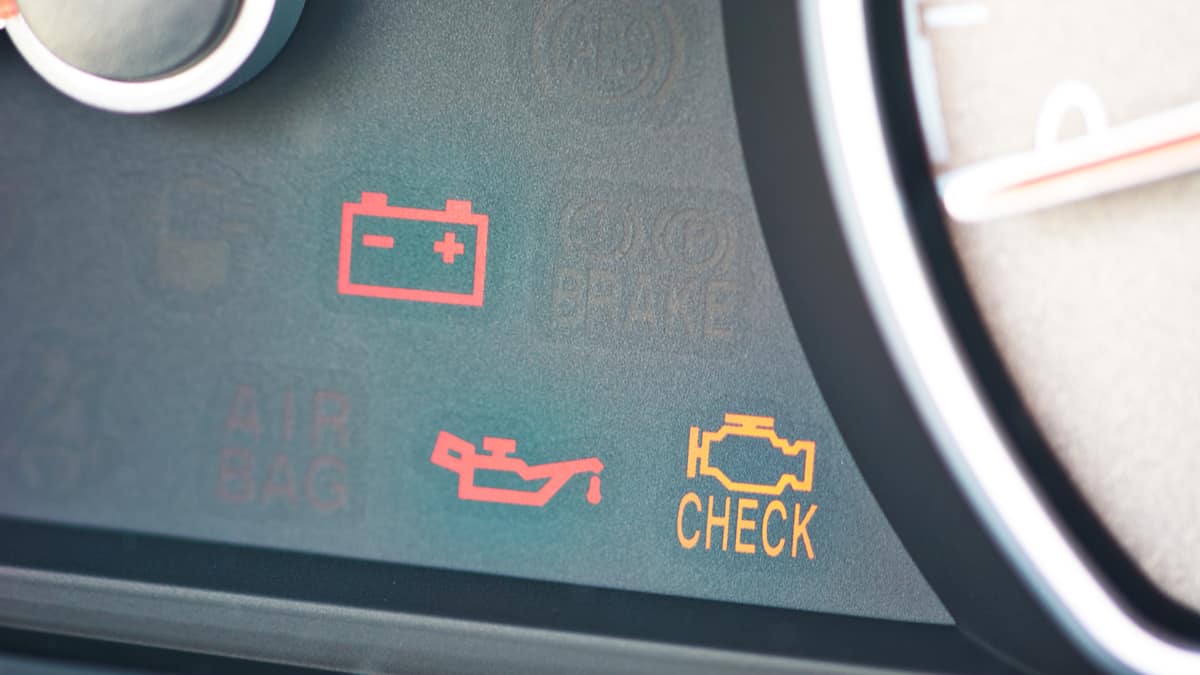Car maintenance allows you to keep your vehicle running longer. One of the simplest tasks you can perform is an oil change. You don’t even need a lot of mechanical ability to learn how to change the oil in your car.
Changing the oil is often as straightforward as gathering your supplies, removing the drain plug, and allowing the old oil to flow into a pan. From here, you put the drain plug back in, change the filter, and replace what was removed with fresh oil.
However, in this guide, I cover the steps to change your motor oil more in detail. I will also look at how often the motor oil should be changed and some other frequently asked questions.
WARNING: If you make a mistake when changing the oil, the engine may get damaged or result in an injury or even death. Always see a repair manual or let a mechanic do it if you are unsure. Ensure the vehicle is secured with jack stands before going under it.
5 Steps to Change the Oil in Your Car
1. Gather Supplies
For this job, you want to get a wrench or socket to remove the drain plug. You will also need an oil filter wrench and oil drain pan. If you need to lift the vehicle for more clearance, a jack and jack stands will also be required.
Don’t forget to get the right type of oil for your car. You will have to choose the appropriate viscosity and determine whether you want synthetic or conventional. Finally, a new oil filter and a funnel will also be needed.
2. Drain the Oil
Next, you should locate the drain plug. In some cases, you will need to lift the vehicle and put it on jack stands for easier access. If there is a splash shield in the way, you will need to remove this as well.
Put your drain pan directly below the plug. Take off the oil filler cap to help the fluid flow easier. With gloves on, take the drain plug out and let the old oil flow into the drain pan.
3. Tighten the Plug
In most cases, it makes sense to use a 3/8” ratchet to tighten the plug. If you use anything larger than that, you could over-tighten the plug.
4. Replace the Oil Filter
Dab a little bit of the fresh oil on your new filter’s O-ring. Spin the filter on at first. Once the O-ring makes contact, you want to tighten the filter three-quarters to a full turn further. Do not overtighten the filter or you might not be able to get it off at the next oil change.
If your oil filter is located on top of your engine. It is often wise to replace it before draining the oil, as this will allow more oil to drain into the oil pan.
5. Pour in Fresh Oil
With the funnel, pour the fresh oil into the filler. Put the cap back in place and run the engine for a minute to circulate the oil. Check the level and add more oil if needed. If the car is up on jacks, you will need to lower it to the level ground first.
RELATED: 10 Best Synthetic Motor Oils
How Often Should the Oil be Changed?
It wasn’t that long ago that all cars required oil changes every 3,000 miles. While this is still the recommended interval when using conventional oil or older cars, it’s often unnecessary with modern vehicles, no matter what your local dealership tells you.
If you choose a synthetic or synthetic blend of oil and a high-quality filter, you might be able to go up to 10,000 miles between oil changes. However, your driving style and conditions will affect how long you can go without an oil change as well.
After the first few oil changes, you will be able to determine an appropriate interval based on what the oil looks like. You want to get to it before the oil turns black, but you don’t need to change it if it continues looking fresh.
How Much Money is Saved Changing Your Own Oil?
If you take your vehicle to a lube shop for a conventional oil and filter change, you might spend between $40 and $80. However, getting a synthetic oil change could cost $60 to $130.
By doing it yourself, you might only spend $25 to $50 for the supplies. This translates to a potential savings of up to $100 or more each time the oil needs to be changed.
How Long Does an Oil Change Take?
If you take your vehicle to the lube shop, you can often wait in your car while they change the oil in as little as ten minutes. However, these technicians are performing oil changes all day, every day. They can practically perform the oil change in their sleep, and they have advanced equipment making it easier.
If you do your own oil change, you will likely need a little more time. With the first oil change, give yourself about an hour to learn the ins and outs of the process. For repeat oil changes, you will get faster with the process. In total, it shouldn’t take you more than thirty minutes with most vehicles.
Categories: Engine Oil, Guides, Maintenance













